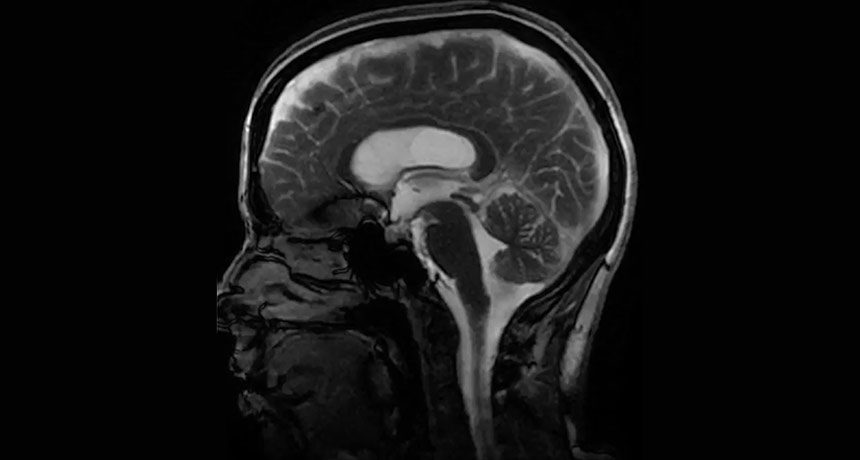
A new twist on magnetic resonance imaging illuminates these pulsing brain ripples, movements so subtle that they had escaped detection by current imaging technology. Abnormal brain motion could signal trouble, such as aneurysms or damage from a concussion.
In the new work, scientists honed an existing method called amplified MRI, a technique that stitches together multiple images taken at precise times of the heartbeat. Using an algorithm that exaggerates tiny movements, researchers at Stanford University, Stevens Institute of Technology in Hoboken, N.J., and the University of Auckland in New Zealand created a movie of the brain's rhythmic writhing as blood and cerebrospinal fluid pump in and drain out.


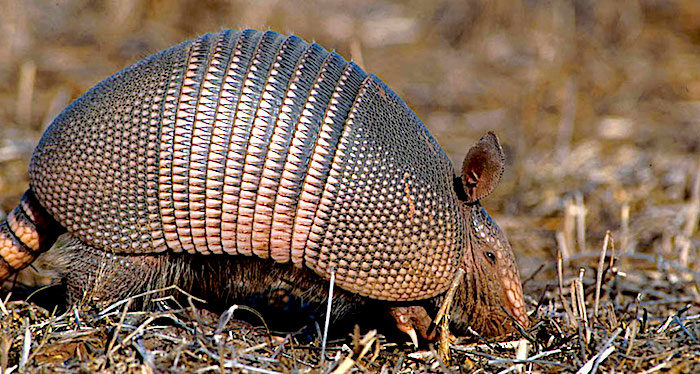

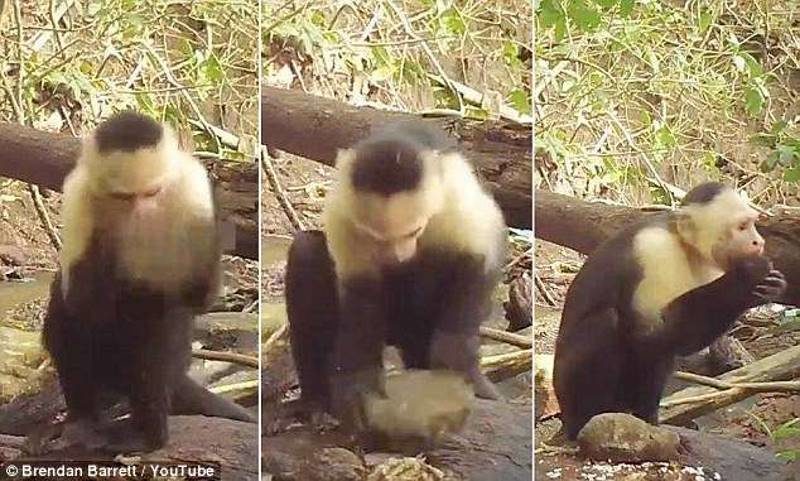
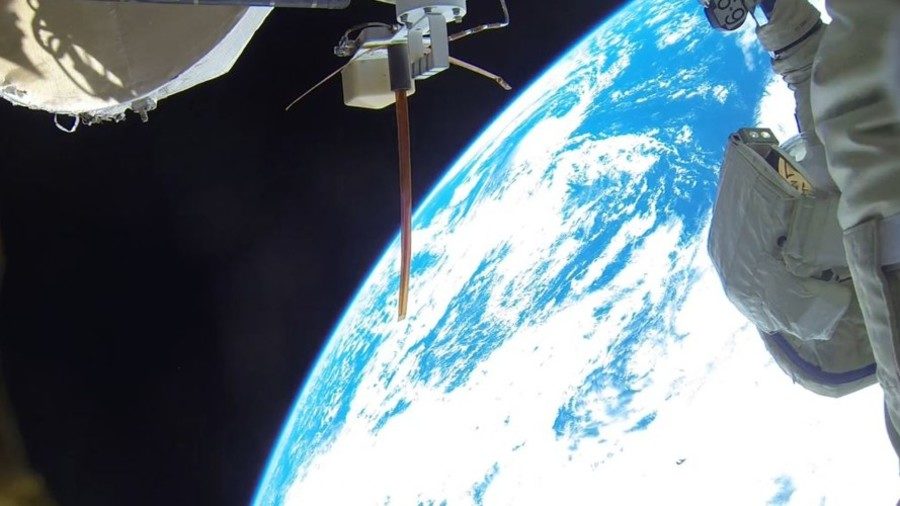
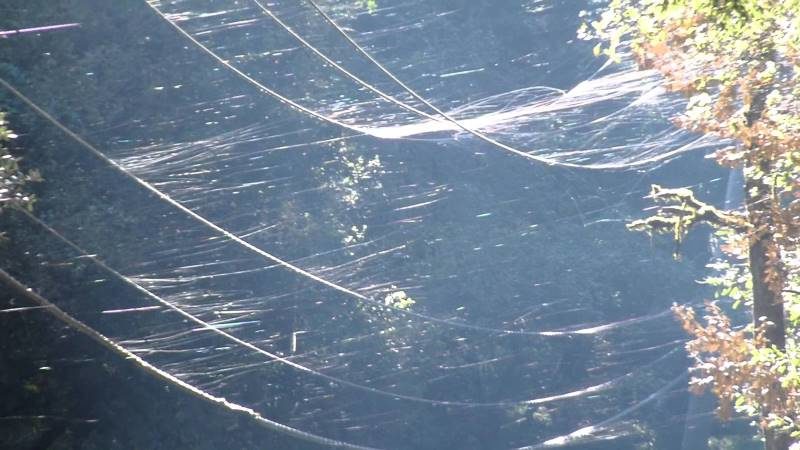





Comment: The original article published by McKitrick and Christy: